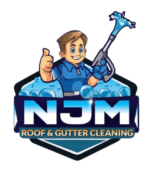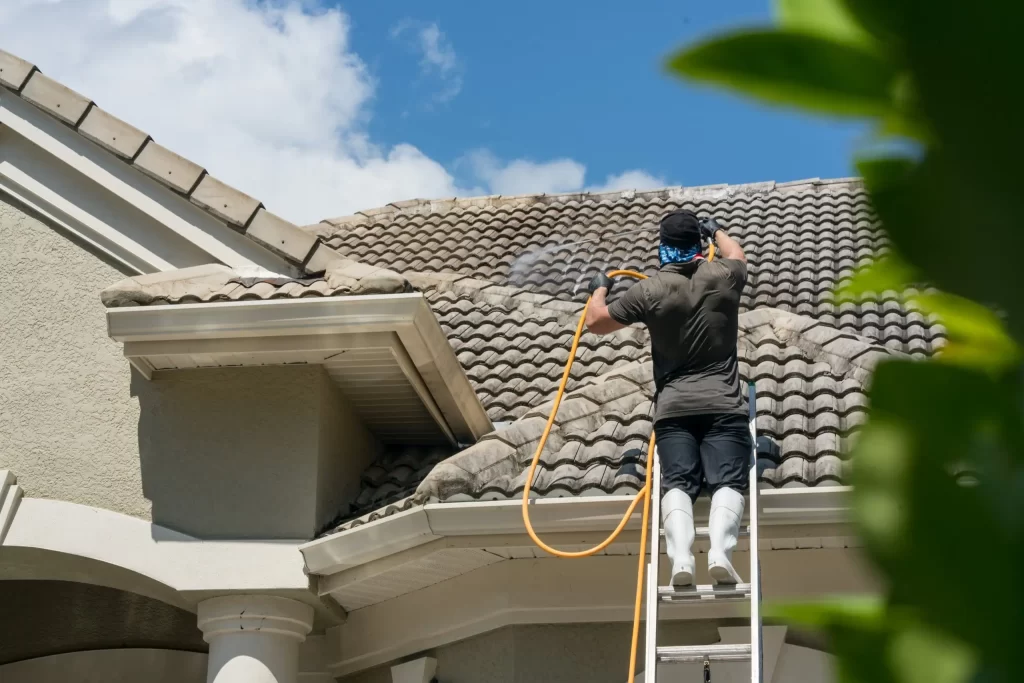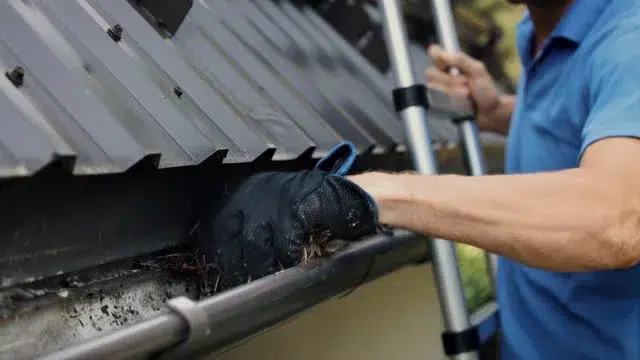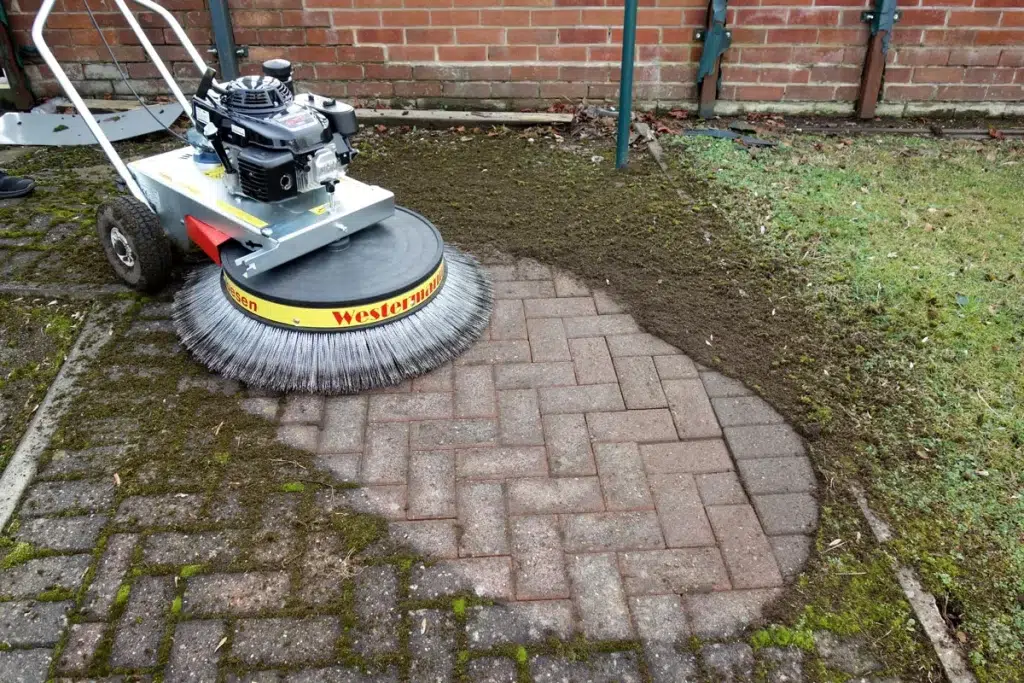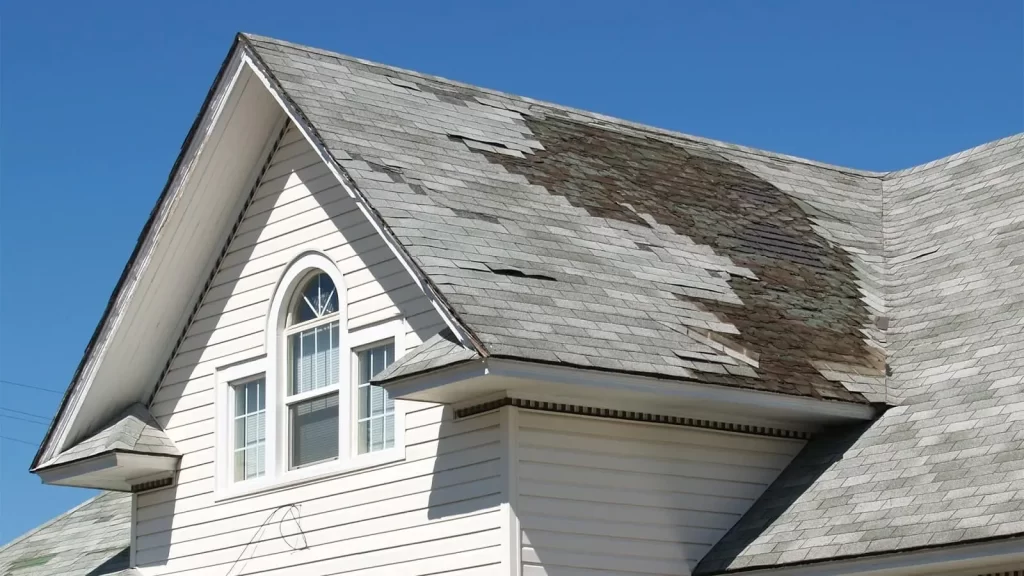
A strong roof over your head is one of the most comforting things in life – until, of course, something goes wrong. From small leaks or major storm damage, roof problems can quickly become a nightmare for homeowners. But don’t worry, we’ve got you covered.
In this article, we’ll walk you through some of the most common roof problems homeowners face, how to spot them, and what you can do to fix them before they grow into bigger (and more expensive) issues.
Table of Contents
Why Roof Problems Are a Big Deal
Your roof is the first line of defense for your home against the elements. When it’s working well, you hardly think about it, but when things start to go wrong, even a small issue can lead to serious damage. Water leaks can ruin ceilings, walls, and floors, and damage your home’s structural integrity.
But here’s the good news: you don’t have to be a roofing expert to recognize and solve roof problems early. Let’s dive into the most common issues and how you can tackle them like a pro (or at least, like a homeowner who knows what they’re doing).
6 Common Roof Problems
1. Leaky Roofs: The Classic Roof Problem
A roof leak is probably the most feared of all roof problems. It typically starts small – maybe just a damp spot on the ceiling – but it can quickly escalate if ignored.
What Causes Roofs to Leak?
- Damaged or missing shingles: Shingles protect your roof from water. If a few are cracked or missing, water will find its way in.
- Clogged gutters: When gutters are clogged, water has nowhere to go and may pool on the roof, eventually seeping in.
- Poor flashing: Flashing is the material that seals your roof’s joints and edges. If it’s improperly installed or damaged, water will slip through.
How To Fix Roof Leaks
- Replace missing or damaged shingles: Look for areas where shingles are cracked or missing and replace them promptly.
- Keep gutters clean: Regularly clearing out leaves and debris from gutters can prevent water from backing up.
- Inspect flashing: Check the flashing around chimneys, vents, and skylights. If it’s loose or worn, it’s time to replace or reseal it.
2. Roof Ventilation Issues: When Your Roof Can’t Breathe
Roofs, like people, need to breathe. Poor ventilation can lead to a buildup of heat and moisture in your attic, which can distort your shingles and even damage the structure of your roof over time.
Causes of Roof Ventilation Issues
- Blocked vents: Vents can become clogged with debris or even animal nests.
- Inadequate number of vents: Some homes simply don’t have enough ventilation to properly circulate air.
How to Fix Roof Ventilation Problems
- Clear out vents: Make sure roof vents aren’t blocked by debris or other obstructions.
- Install additional vents: If you notice excessive heat or moisture in your attic, consider adding more vents to improve airflow.
3. Roof Problems Due to Storm Damage
Mother Nature isn’t always kind to our roofs. Wind, hail, and falling branches can cause significant damage in just a short amount of time.
Signs to Look For:
- Missing shingles: After a heavy storm, check for bare spots where shingles may have been ripped off.
- Dents or cracks: Hail can leave visible dents or even crack shingles.
- Sagging rooflines: If a tree or heavy branch falls on your roof, you may notice the roofline sagging – a clear sign of structural damage.
How to Fix It:
- Shingle replacement: Replace any damaged or missing shingles as soon as possible.
- Professional inspection: For major damage, especially sagging or punctured areas, it’s best to call in a roofing expert.
4. Pooled Water on Flat Roofs: A Recipe for Trouble
If your home has a flat roof, you may notice water pooling after a rainstorm. Flat roofs are prone to poor drainage, which can eventually lead to leaks.
Causes:
- Improper installation: If the roof doesn’t have the correct slope, water won’t drain properly.
- Clogged drains: Debris in drains and gutters can cause water to pool.
How to Fix It:
- Re-slope the roof: In severe cases, you may need to have a contractor adjust the roof’s slope.
- Clear out drains: Regular maintenance of your roof’s drainage system will help prevent pooling.
5. Damaged Roof Shingles: The Visible Roof Problem
Shingles take the impact of sun, rain, snow, and wind, so it’s not surprising that they can get damaged over time.
What Causes Damaged Roof Shingles?
- Weather: Exposure to extreme weather conditions can cause shingles to crack, curl, or blister.
- Age: Shingles don’t last forever. If your roof is over 20 years old, it may be time to start thinking about replacing it.
How to Fix Damaged Roof Shingles
- Replace damaged shingles: You can replace individual shingles if the damage isn’t too widespread.
- Consider a new roof: If your roof is nearing the end of its life, investing in a new roof will save you money and headaches in the long run.
6. Roof Mold and Moss: When Nature Takes Over
Moss and mold on roof might look charming in a fairy tale, but on your roof, they’re bad news. Moss can trap moisture against the surface of your roof, leading to rot, while mold can spread quickly and cause even more damage.
What Caused Moss Growth on Roof?
- Shaded areas: Moss and mold thrive in damp, shaded areas where sunlight can’t dry things out.
- Trapped moisture: If water sits on your roof for long periods, it can encourage moss and mold growth.
How to Fix Moss Growth on Roof
- Clean the roof: Use a gentle cleaning solution specifically for roofs to remove moss and mold.
- Trim overhanging trees: Allow more sunlight to reach your roof by cutting back branches.
- Install zinc or copper strips: These metals naturally inhibit moss growth.
Don’t Let Roof Problems Weigh You Down
Your roof works hard to protect you, and a little care goes a long way in return. By keeping an eye out for common roof problems and addressing them early, you can avoid costly repairs down the road. From leaky roofs to storm damage, a little knowledge can save you from major headaches.
If you think your roof is showing signs of wear and tear, don’t hesitate to reach out to a roofing professional for an inspection. A small fix today could save you big money tomorrow!
Roof Problems FAQs
-
What is the most common roof damage?
The most common roof damage is missing or damaged shingles, often caused by storms, age, or poor maintenance.
-
How do I know if my roof is in bad condition?
Signs include missing shingles, sagging, water stains on ceilings, and visible mold or moss growth on the roof.
-
How to identify roof leaks?
Look for water stains on ceilings or walls, musty odors, or damp areas in your attic after rain.
-
What area of the roof is most likely to leak?
The most common areas for leaks are around chimneys, vents, and skylights, as well as where the roof meets a wall.
-
What happens if your roof is leaking?
A leaking roof can cause water damage to ceilings, walls, and insulation, leading to mold growth and structural issues if left untreated.
